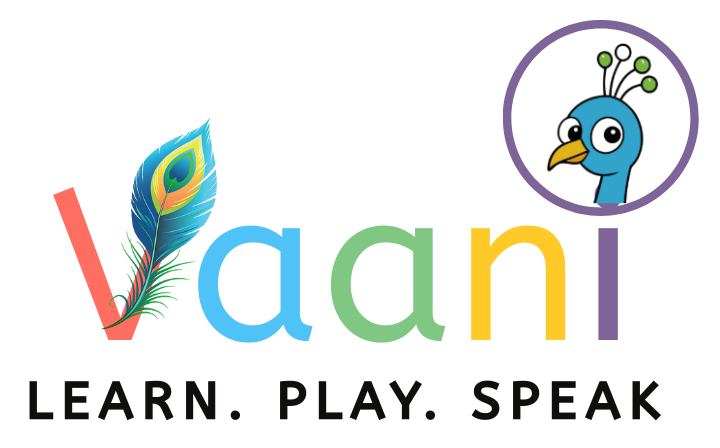Children don’t learn a language by memorizing vocabulary lists or repeating phrases over and over. They learn the way they learned their first words—by listening, speaking, laughing, asking questions, and connecting with others.
That belief shapes everything we do. Our classes are designed to be interactive, joyful, and full of real-life connection, so kids not only pick up a language, they fall in love with learning it.

Multi-sensory Learning
Research is clear: children remember best when they learn through multiple senses. When a word is heard, spoken, seen, and used in context, it sticks. That’s why our classes blend together songs, stories, games, visuals, and conversation.
- 🎵 Songs and rhymes give kids rhythm and memory cues that make new words natural to recall.
- 📖 Stories spark imagination, building comprehension and vocabulary without feeling like a lesson.
- 🎲 Games turn practice into something kids look forward to, not something they resist.
- 💬 Group sharing and conversations remind kids that language is about connection, not perfection.
This approach lowers pressure, boosts confidence, and makes every class feel like an adventure.
What Our Classes Feel Like
A typical session is never just one thing. Sometimes children are listening closely to a story, repeating key lines along with the teacher. Sometimes they’re singing together, laughing as they learn new sounds. Other times, they’re playing a quick game that sneaks in repetition without ever feeling like rote practice.
For younger kids, activities lean into songs, rhymes, and playful storytelling that keep their attention alive. For older kids, sessions open space for questions, discussions, and creative sharing that deepen both language and confidence.
The balance shifts depending on the age group, but the goal is always the same: make learning interactive, meaningful, and fun.
More Than Language: Culture and Festivals
We believe language cannot be separated from culture. That’s why we bring in festivals, traditions, and everyday cultural moments as part of learning. Kids might hear a story connected to Diwali 🎇 , sing a festive song during Holi 🌈 , or learn words related to food, family, and celebrations.
These moments of cultural immersion make learning feel real and relatable. They help children understand not just how to speak the language, but also how it lives in stories, songs, and celebrations. Parents often tell us that this connection to culture is just as valuable as the language itself—it gives children a sense of belonging and pride.
Our Teachers
The heart of our pedagogy is our teachers. Every teacher is a native speaker who brings not just language knowledge, but also passion, patience, and creativity. They are:
- ❤️ Warm and welcoming — creating an environment where kids feel safe to try.
- ✨ Playful and engaging — using songs, props, and stories to make classes exciting.
- 🌱 Encouraging and kind — treating mistakes as natural steps in the learning process.
- 👀 Attentive and adaptive — adjusting activities to fit the energy and needs of the group.
Because of this, kids don’t feel pressure to perform. They feel free to explore, experiment, and grow.
Why Parents Love It
Parents often tell us how surprised they are to see their children humming a new song at home, slipping in a new word during dinner, or excitedly explaining a festival tradition they learned in class. Kids remember these things not because they were drilled, but because they experienced the language fully—with their voices, ears, imagination, and emotions.
And the best part? Kids actually look forward to class. They don’t see it as a lesson—they see it as a place to laugh, sing, and share with friends.
Our Promise
We believe that learning a language should never feel like a chore. That’s why our classrooms are pressure-free zones. There are no tests, no rote drills, and no fear of making mistakes. Instead, there are stories, songs, games, festivals, conversations, and a lot of joy.
Our promise to parents is simple: your child will not only learn a language, they’ll enjoy the process—and carry that love of language and culture far beyond the classroom.


Leave a Reply